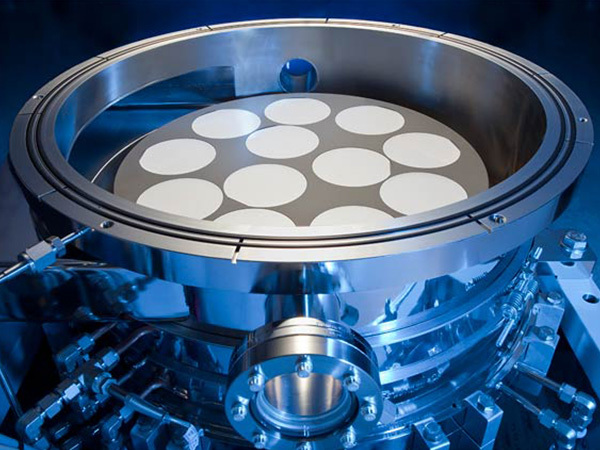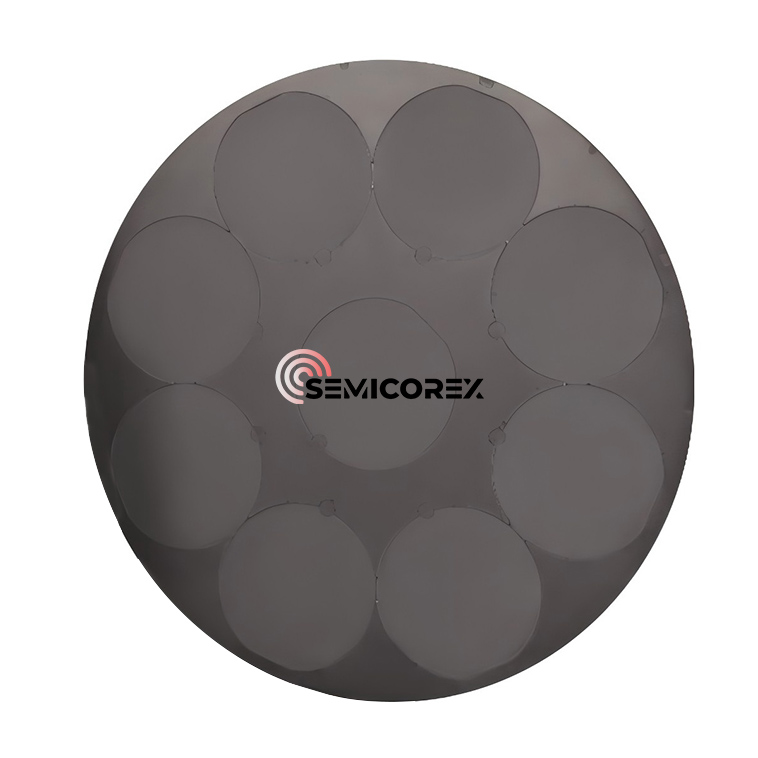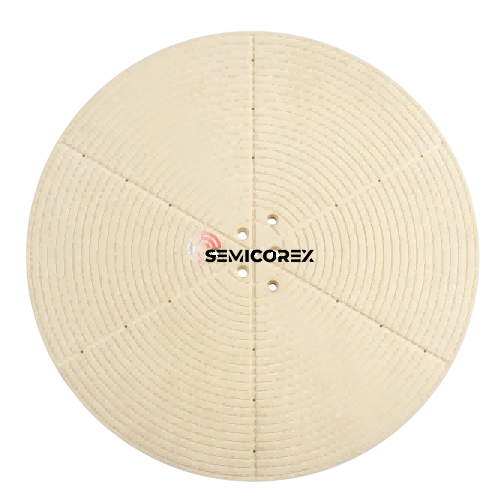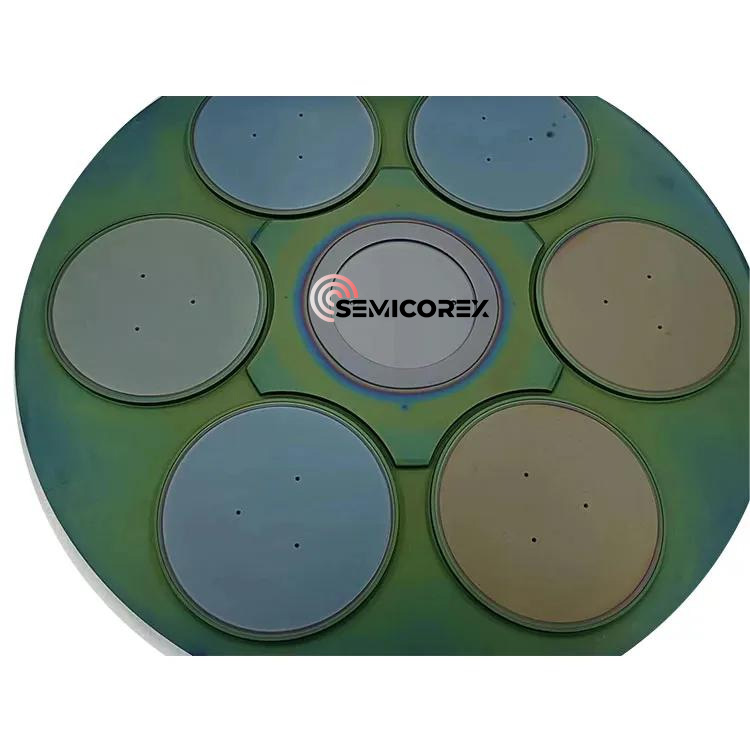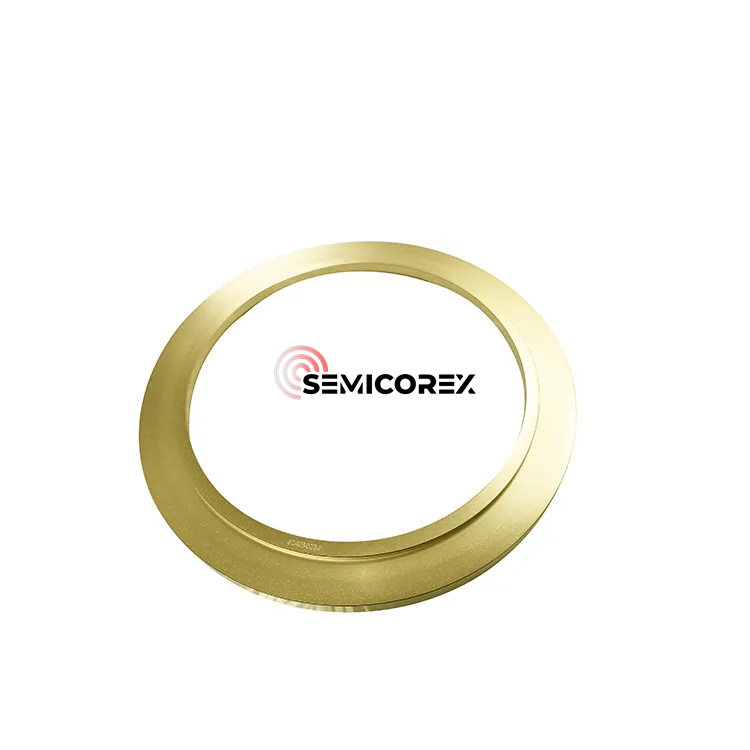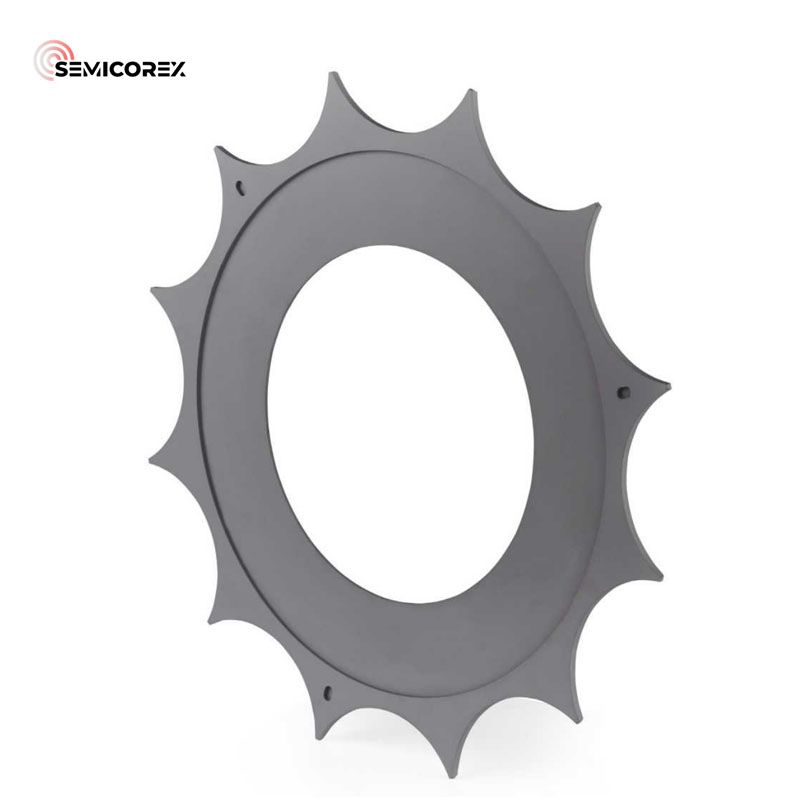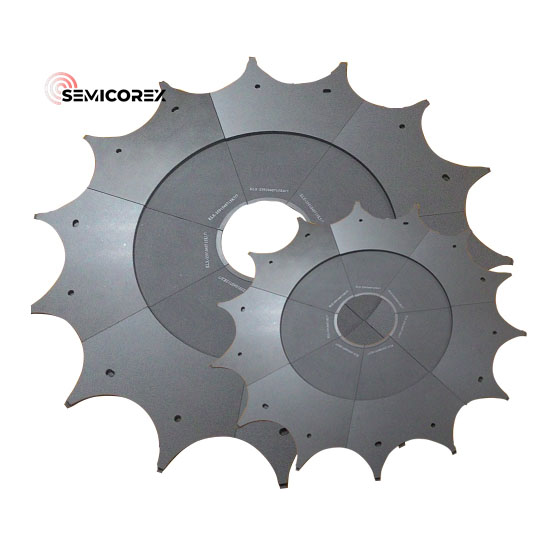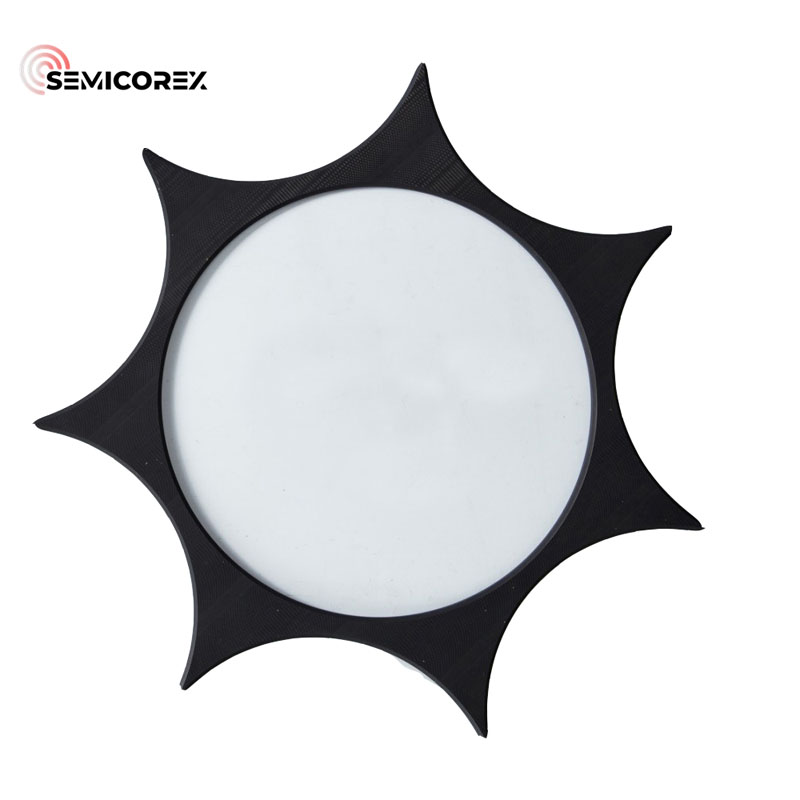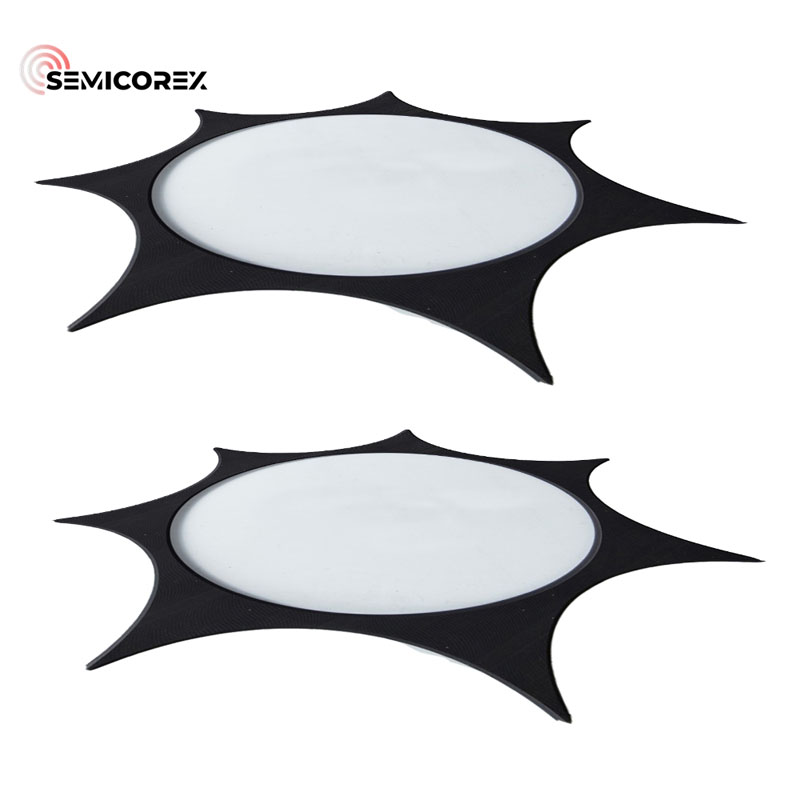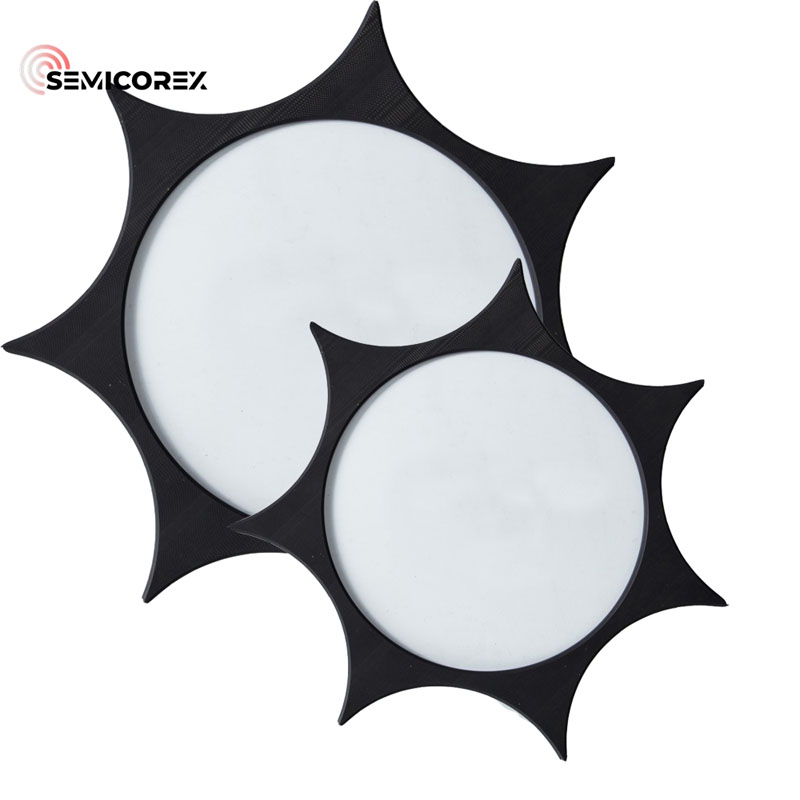
- English
- Español
- Português
- русский
- Français
- 日本語
- Deutsch
- tiếng Việt
- Italiano
- Nederlands
- ภาษาไทย
- Polski
- 한국어
- Svenska
- magyar
- Malay
- বাংলা ভাষার
- Dansk
- Suomi
- हिन्दी
- Pilipino
- Türkçe
- Gaeilge
- العربية
- Indonesia
- Norsk
- تمل
- český
- ελληνικά
- український
- Javanese
- فارسی
- தமிழ்
- తెలుగు
- नेपाली
- Burmese
- български
- ລາວ
- Latine
- Қазақша
- Euskal
- Azərbaycan
- Slovenský jazyk
- Македонски
- Lietuvos
- Eesti Keel
- Română
- Slovenski
- मराठी
- Srpski језик
Silicon Epitaxy Susceptors
You can rest assured to buy Silicon Epitaxy Susceptors from our factory. Semicorex's Silicon Epitaxy Susceptor is a high-quality, high-purity product used in the semiconductor industry for epitaxial growth of the wafer chip. Our product has a superior coating technology that ensures the coating is present on all surfaces, preventing peeling off. The product is stable at high temperatures up to 1600°C, making it suitable for use in extreme environments.
Send Inquiry
Our silicon epitaxy susceptors are made by CVD chemical vapor deposition under high-temperature chlorination conditions, ensuring high purity. The product's surface is dense, with fine particles and high hardness, making it corrosion-resistant to acid, alkali, salt, and organic reagents.
Our product is designed to achieve the best laminar gas flow pattern, guaranteeing the evenness of thermal profile. Our silicon epitaxy susceptors prevent any contamination or impurity diffusion during the epitaxial growth process, ensuring high-quality results.
At Semicorex, we focus on providing high-quality, cost-effective products to our customers. Our silicon epitaxy susceptors have a price advantage and is exported to many European and American markets. We aim to be your long-term partner, delivering consistent quality products and exceptional customer service.
Parameters of Silicon Epitaxy Susceptors
|
Main Specifications of CVD-SIC Coating |
||
|
SiC-CVD Properties |
||
|
Crystal Structure |
FCC β phase |
|
|
Density |
g/cm ³ |
3.21 |
|
Hardness |
Vickers hardness |
2500 |
|
Grain Size |
μm |
2~10 |
|
Chemical Purity |
% |
99.99995 |
|
Heat Capacity |
J·kg-1 ·K-1 |
640 |
|
Sublimation Temperature |
℃ |
2700 |
|
Felexural Strength |
MPa (RT 4-point) |
415 |
|
Young’ s Modulus |
Gpa (4pt bend, 1300℃) |
430 |
|
Thermal Expansion (C.T.E) |
10-6K-1 |
4.5 |
|
Thermal conductivity |
(W/mK) |
300 |
Parameters of Silicon Epitaxy Susceptors
- Avoid peeling off and ensure coating on all surface
High temperature oxidation resistance: Stable at high temperatures up to 1600°C
High purity: made by CVD chemical vapor deposition under high temperature chlorination conditions.
Corrosion resistance: high hardness, dense surface and fine particles.
Corrosion resistance: acid, alkali, salt and organic reagents.
- Achieve the best laminar gas flow pattern
- Guarantee evenness of thermal profile
- Prevent any contamination or impurities diffusion

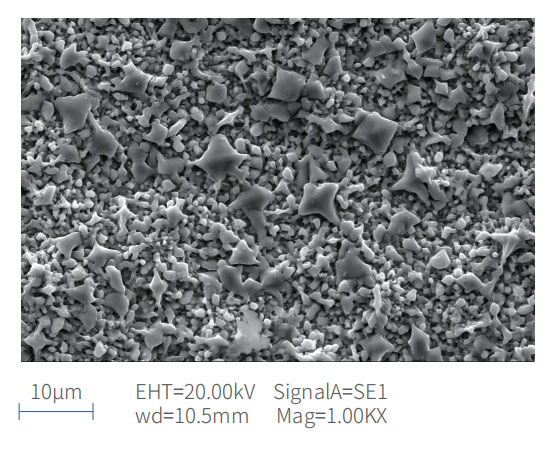

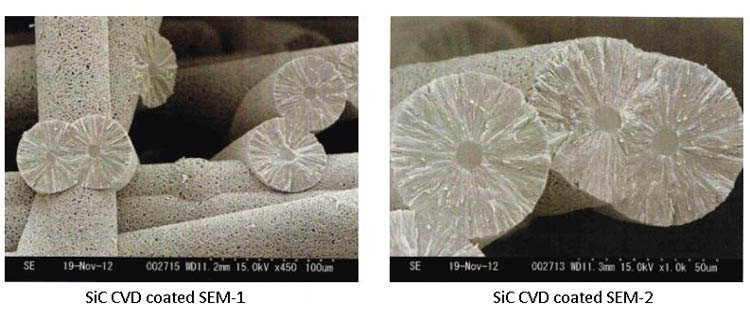

![]()
